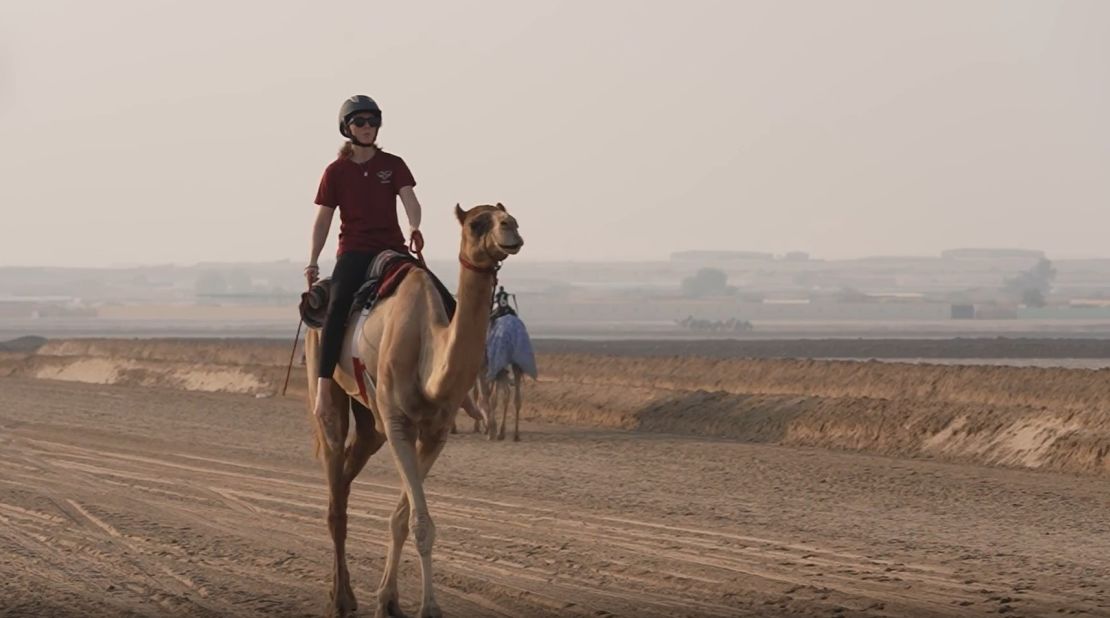What JWST found in the extreme outer Milky Way
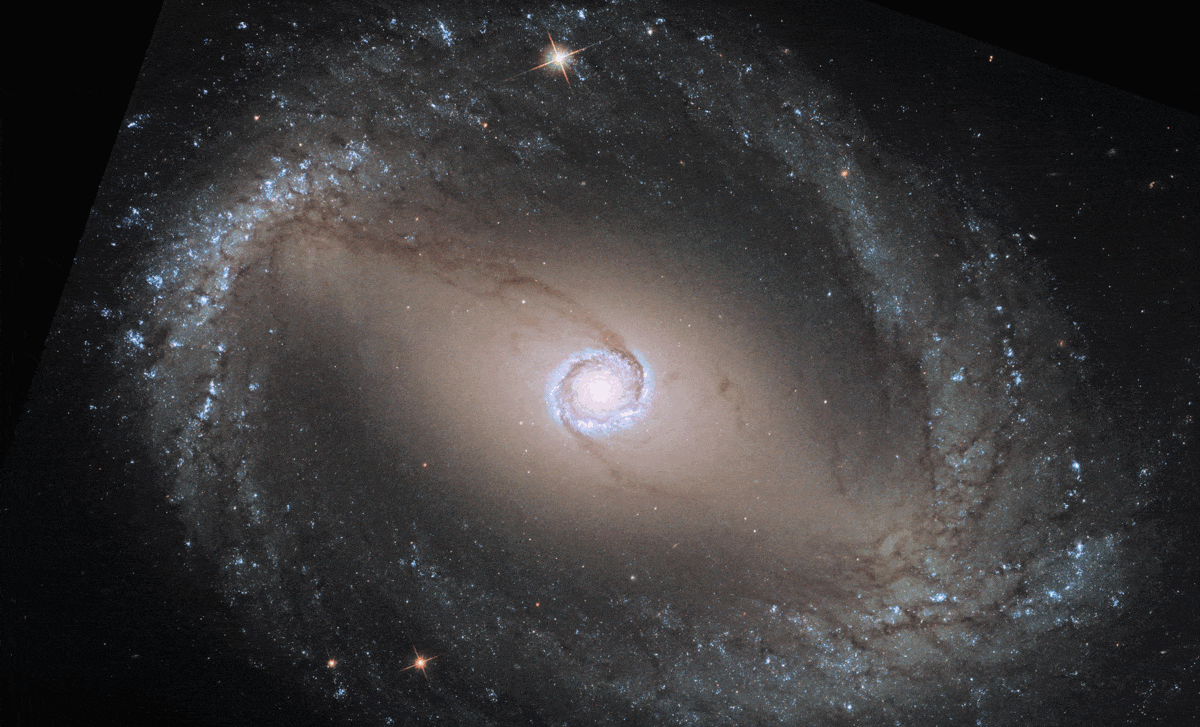
Subscribe to Start with a Bang newsletter
Travel the world with Dr. As Ethan Siegel answers the biggest questions of all
Bright stars and dust lanes dominate our everyday view of the galaxy.

This spiral galaxy, NGC 1512, is only 30 million light-years away, and is characterized by a core of ancient stars, a central ring of hot, star-forming material, and then wispy, thin arms connecting it to more like a ring, a star-rich region at the periphery. This Hubble/JWST composite image shows the stark difference between what optical telescopes, as Hubble can see, as the network of gas and dust revealed by JWST in infrared light. Much of the bulk of dust, stars, and gas is found in the inner parts of such galaxies.
The most interesting features occur, apparently, within the innermost regions of the galaxy.

The International Space Agency’s Gaia mission has mapped the three-dimensional positions and locations of more than one billion stars in our Milky Way galaxy: more than ever. Looking at the center of the Milky Way, Gaia reveals features of dust, gas and stars that are both scientifically and visually interesting.
This is true within our Milky Way, where we see 27,000 light years from the center.

Looking away from the galactic center rather than towards it, this obscure view of the Milky Way comes from ESA’s Gaia mission. This view spans about 120 degrees from left to right: about twice what the human eye can see at once.
However, if we look away from the galactic center, an unusual view greets us.
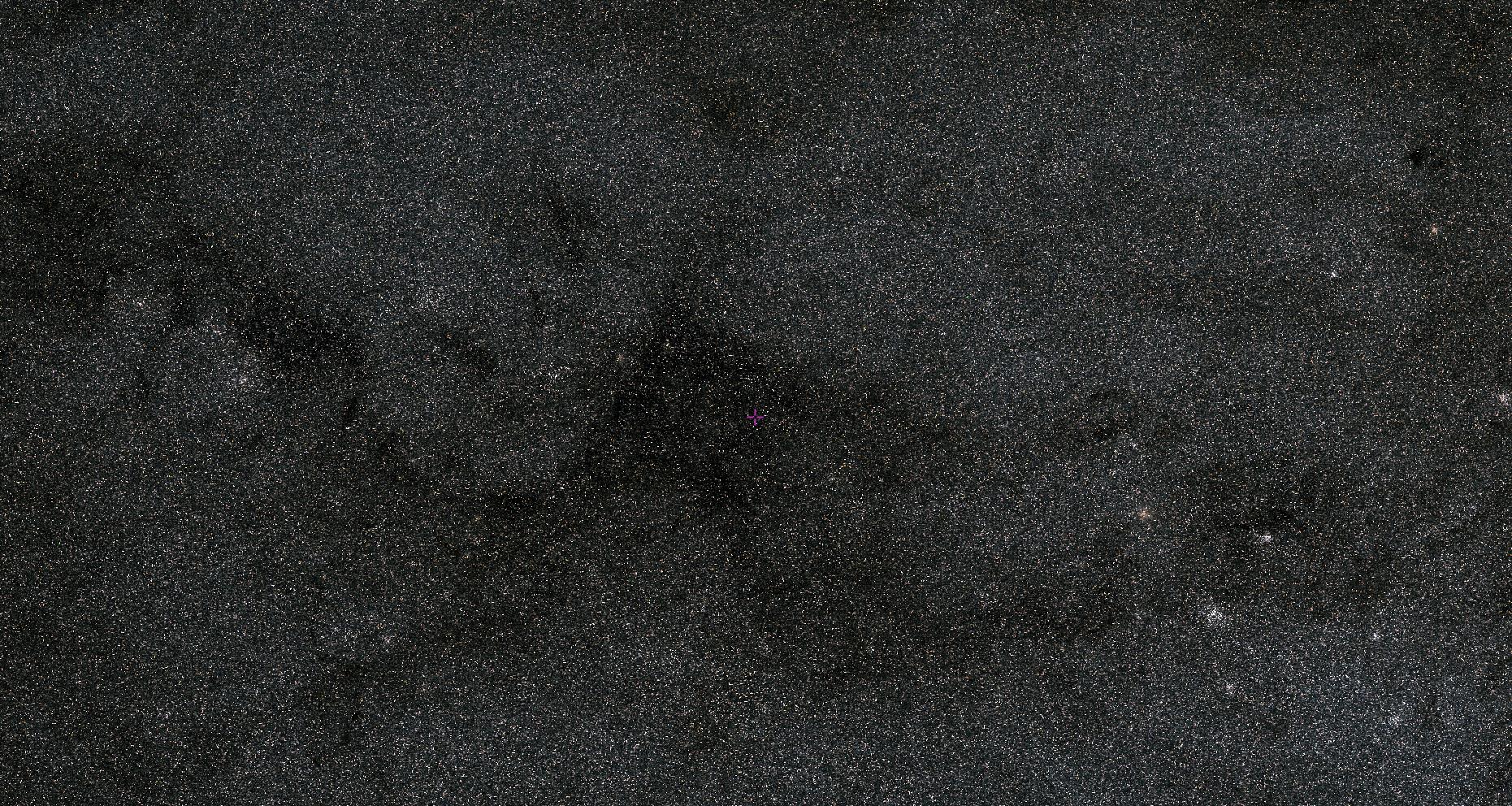
Looking at the region of our galaxy, just outside, where the Digel Clouds are located it appears, in visible light, as a dark and irregular cloud of dust superimposed on a star cluster. In fact, this gas- and dust-rich region of the Milky Way is currently forming new stars, even in the outskirts of the galaxy.
The outskirts of the galaxy have few stars and little gas.
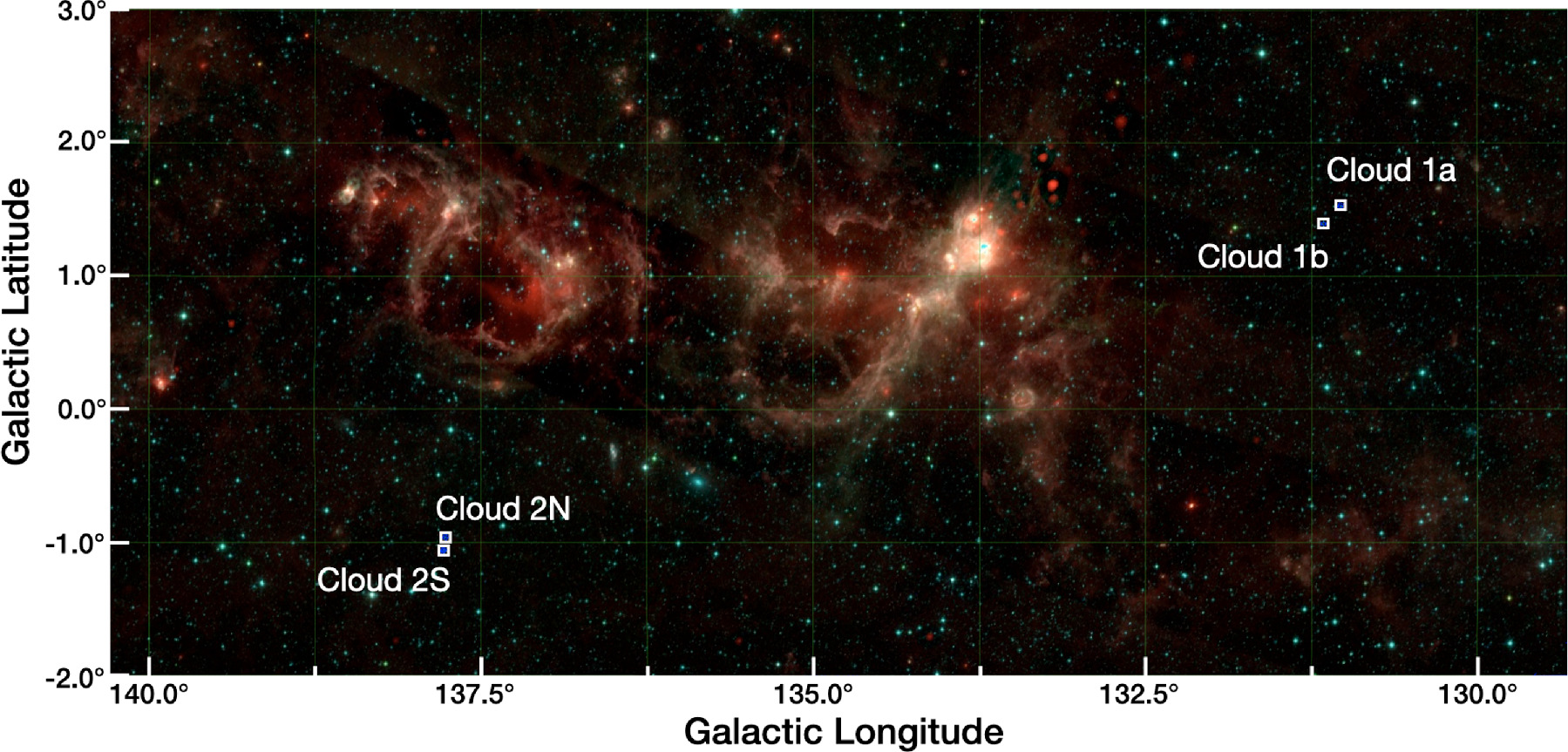
This image shows roughly the same area as featured in the previous Gaia view, but shows the hydrogen-rich star-forming regions, as well as the two Digel clouds, labeled 1 and 2 as well as their various complexes. These two clouds were the target areas of the new JWST study.
The material is also less solidified, with less chance of forming rocky planets.
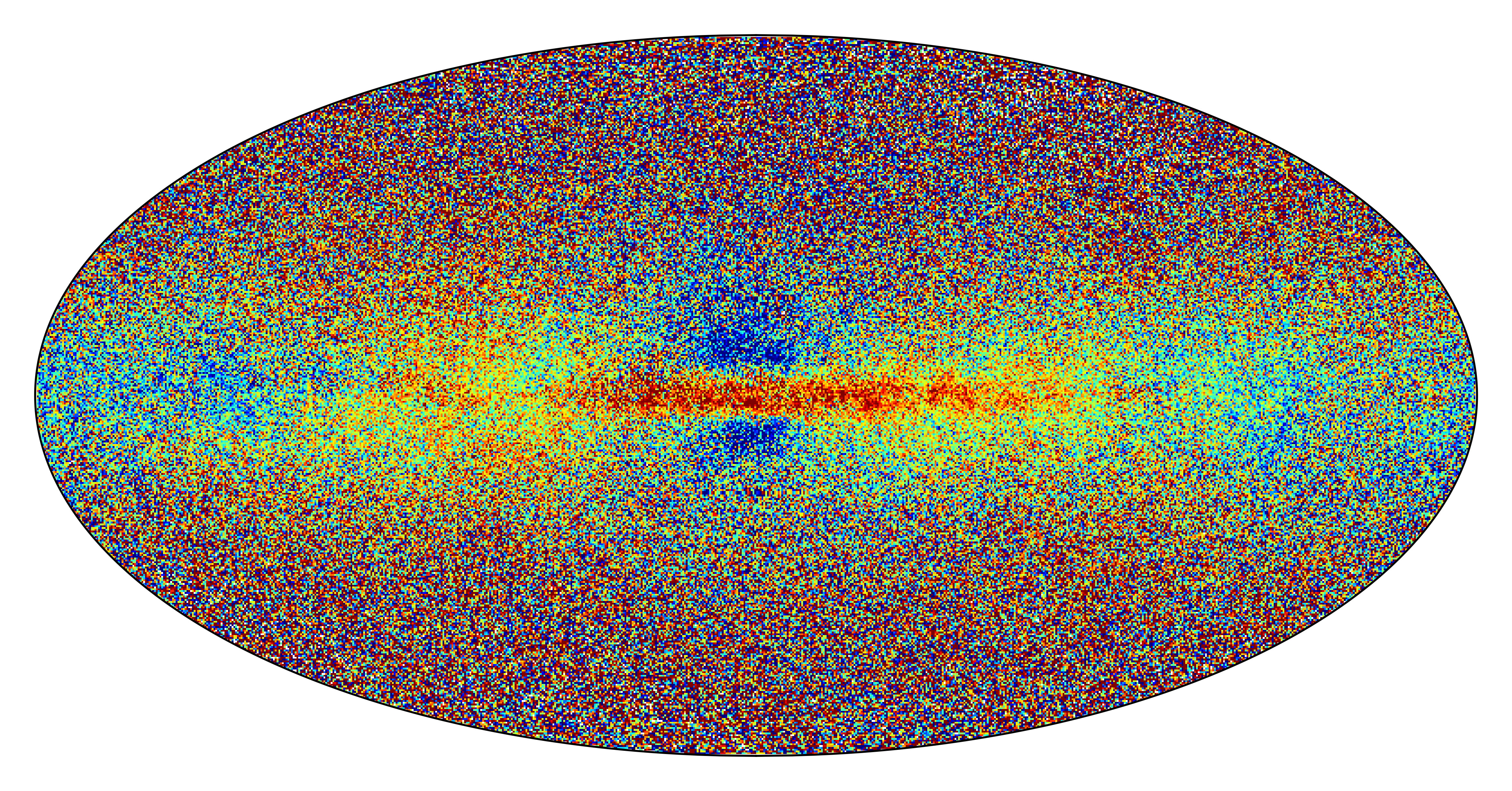
This color-coded map shows the mass elements of the more than 6 million stars in the Milky Way. Stars in red, orange, and yellow are all rich enough in the heavy elements that planets should be; Green and blue-coded stars should rarely have planets, and blue or purple-coded stars should have no planets near them. Note that the central plane of the galactic disk, extending into the galactic nucleus, has the potential for habitable, rocky planets. but that stars facing away from the galactic center (far left and right) are much lower in abundance of heavy elements.
However, new episodes of star formation occur within the outermost galaxy.
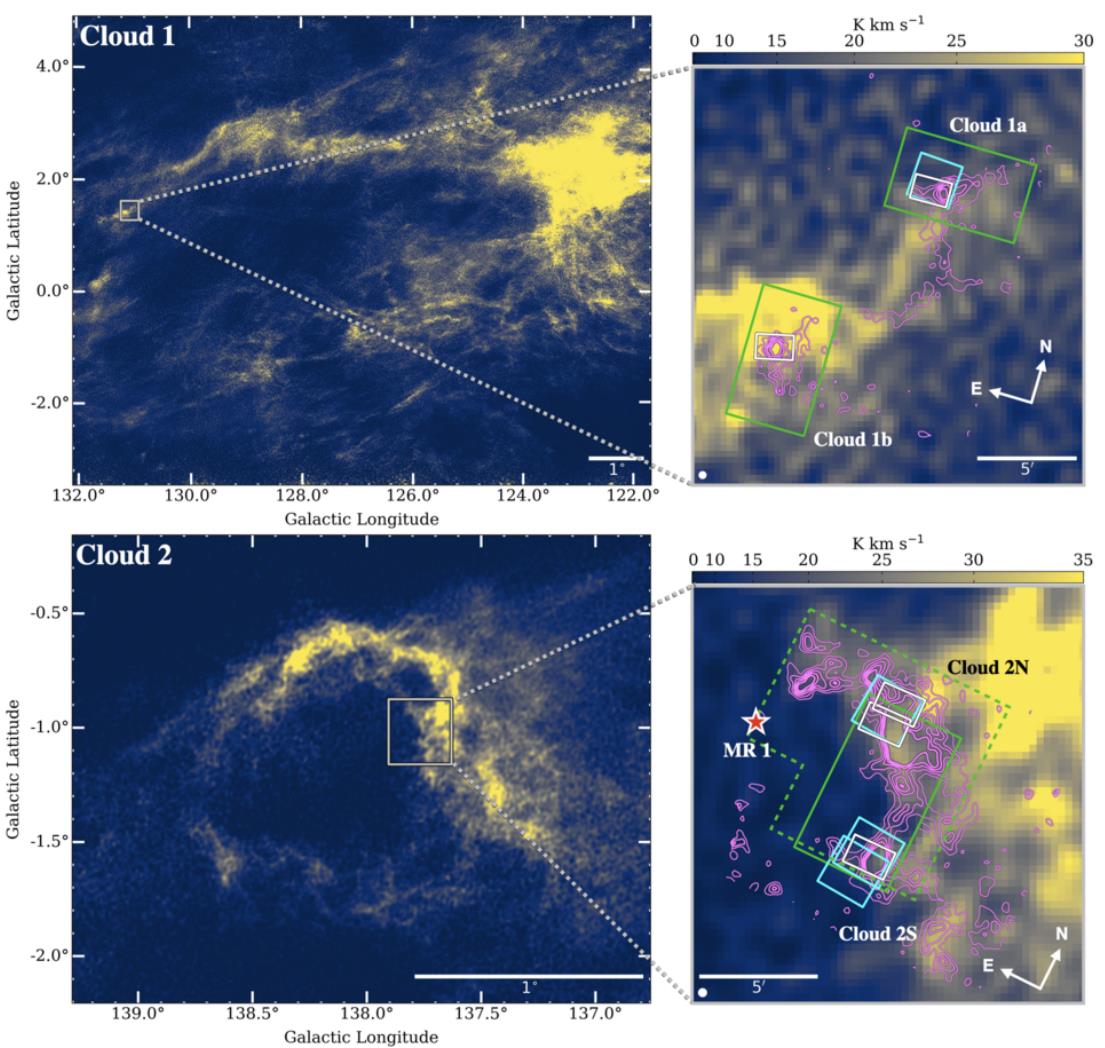
This map of the neutral hydrogen density and distribution in and around the two Digel clouds in the outskirts of our Milky Way highlights several interesting regions, which were imaged by JWST’s NIRCam and MIRI instruments in various wavelength filters .
A new set of JWST observations reveals those star formation periods in greater detail.
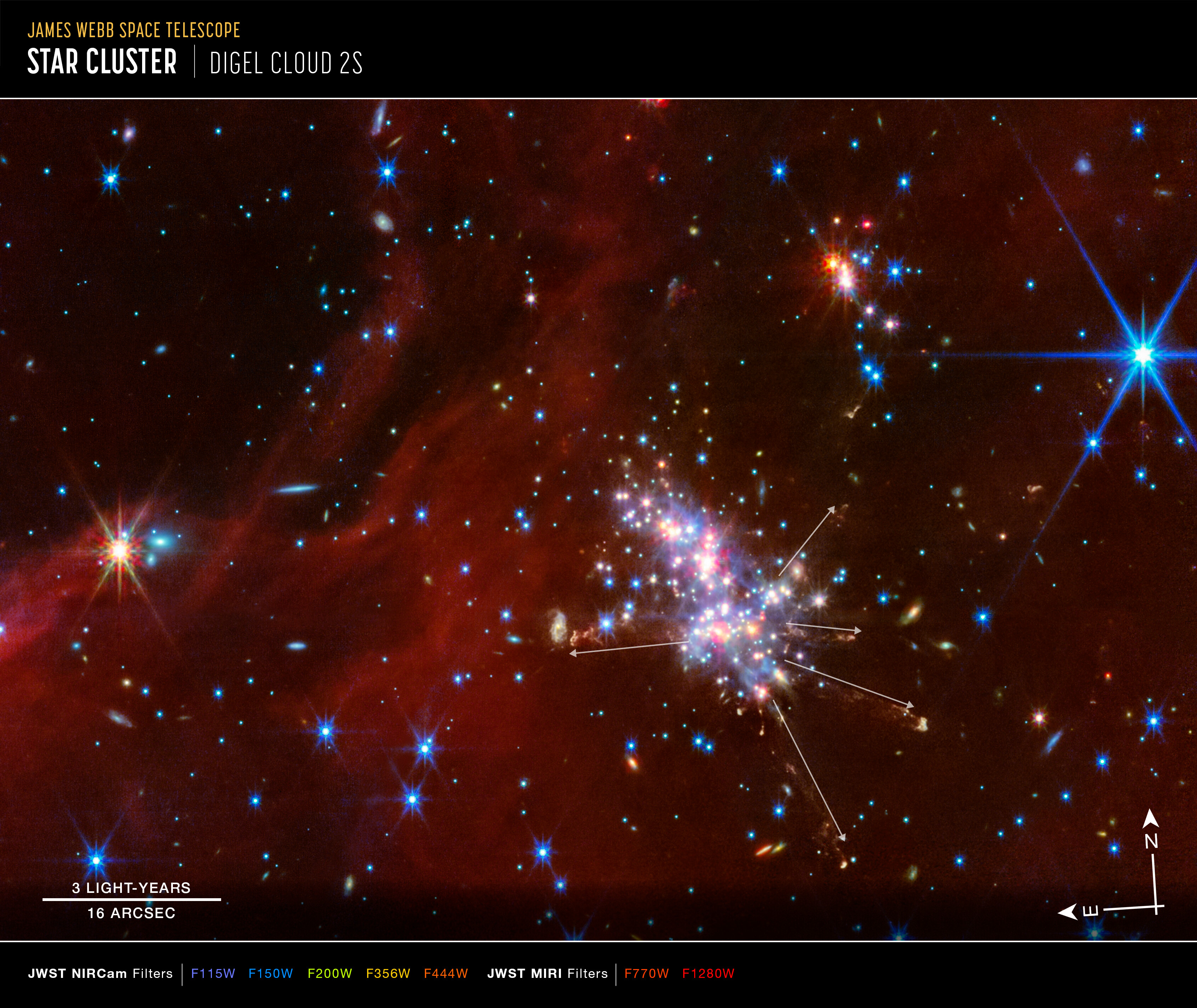
Located about 58,000 light-years from the center of the galaxy, Digel cloud 2s, featured here, is found in the outer Milky Way galaxy. The supercluster, brilliantly glowing, shows at least five independent protostellar jets, as highlighted by the white arrows.
JWST’s near-infrared observations are up to 80 times more sensitive than the ground-based Subaru telescope for:
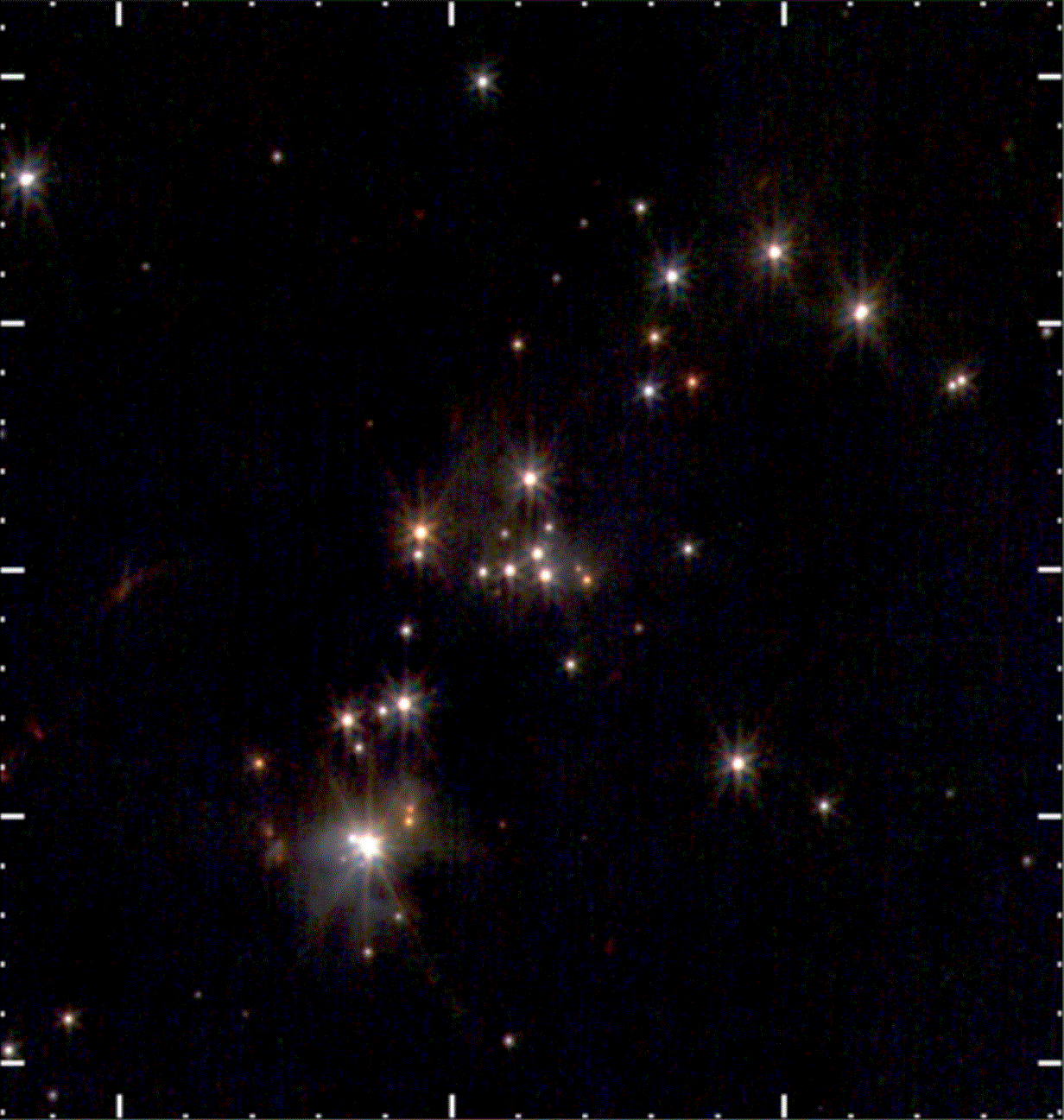
This animation switches between near-infrared views obtained by the 8.2-meter Subaru telescope on the ground and JWST’s 6.5-meter NIRCam imager. The sensitivity, sharpness, and resolution of JWST, despite its small size, is 10-80 times greater than that of Subaru for this object.
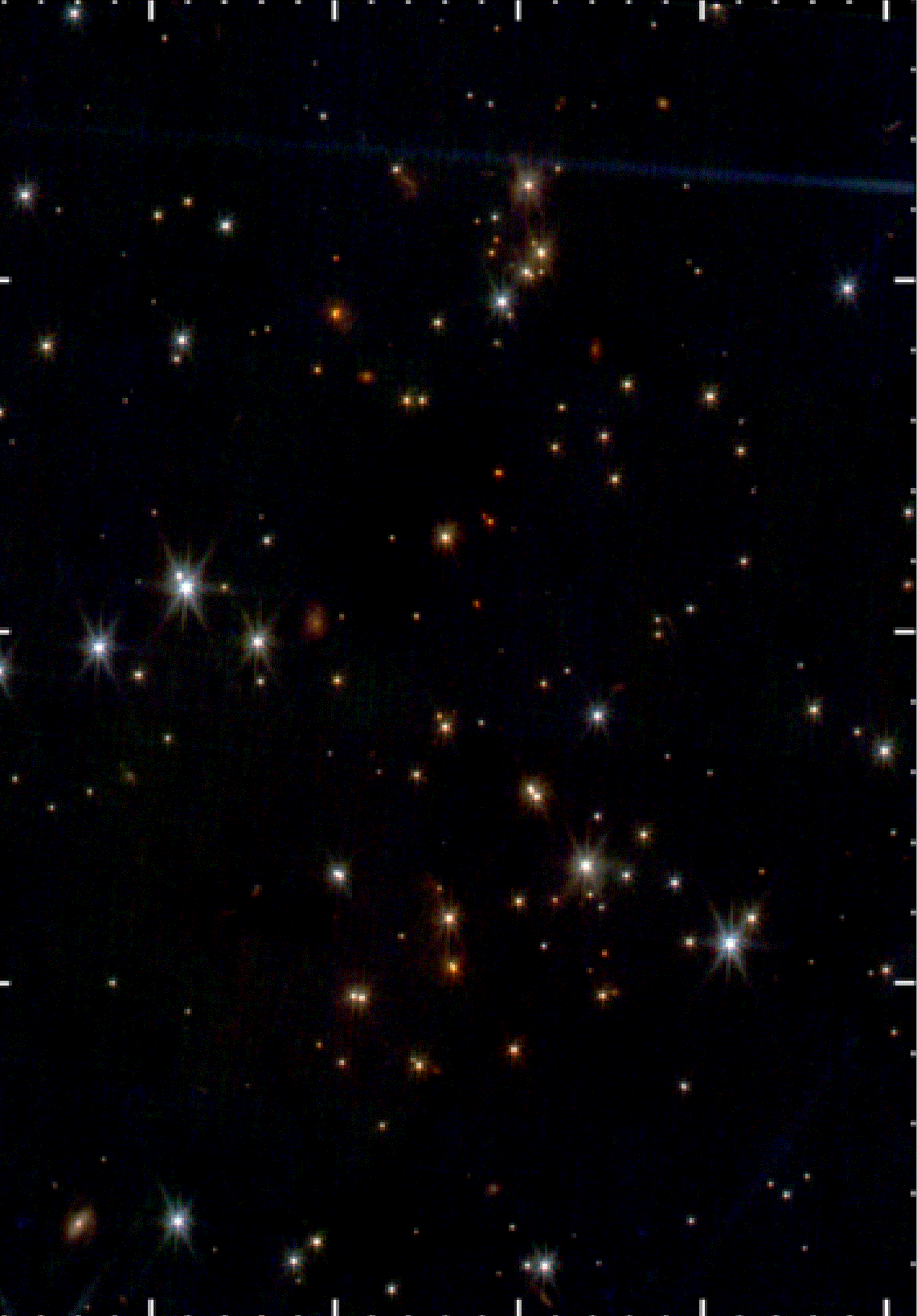
Subaru (blurred) and JWST (sharper) views of Digel cloud 2n, at the same wavelength of light, showing JWST’s superior capabilities. Note that many of the stars that are blurred and/or not resolved in the Subaru image are clear, and some are even shown to be multi-star systems, with JWST’s eyes.

Within the dusty complex nebula Digel cloud 2s, as revealed coarsely by Subaru but in greater detail by JWST, many protostars, including jet-like features, can be seen. Some objects look very similar to background galaxies within the cluster, but are just as likely to be protostars encased in a dusty cocoon.
Spitzer’s wavelength observations are greatly exceeded by JWST’s.

Although JWST is often called the “successor to Hubble,” it is more precisely the successor to Spitzer, which observed wavelengths of infrared light. Here, an impressive improvement in scientific value from Spitzer to JWST is shown, as stars, spectra, as well as gaseous, dusty, and jet-like features are all revealed by JWST, whereas Spitzer could not resolve them.
All-mass stars, brown dwarfs, and even protostellar jets are very bright.

This image shows the same high-resolution region of space as seen by JWST in six different wavelengths of light. By combining different wavelengths of light, the features of the protostellar plane (especially in the lower right panel) can be clearly seen.
The near-infrared and mid-infrared views, both obtained by JWST, show very different details.

This image shows a combination of different JWST NIRCam filters used to image Digel cloud 1a on the outskirts of the Milky Way. Newly born stars shine brightly, and are highlighted within the various outlined boxes.
Digel cloud 1a houses an interesting baby constellation.
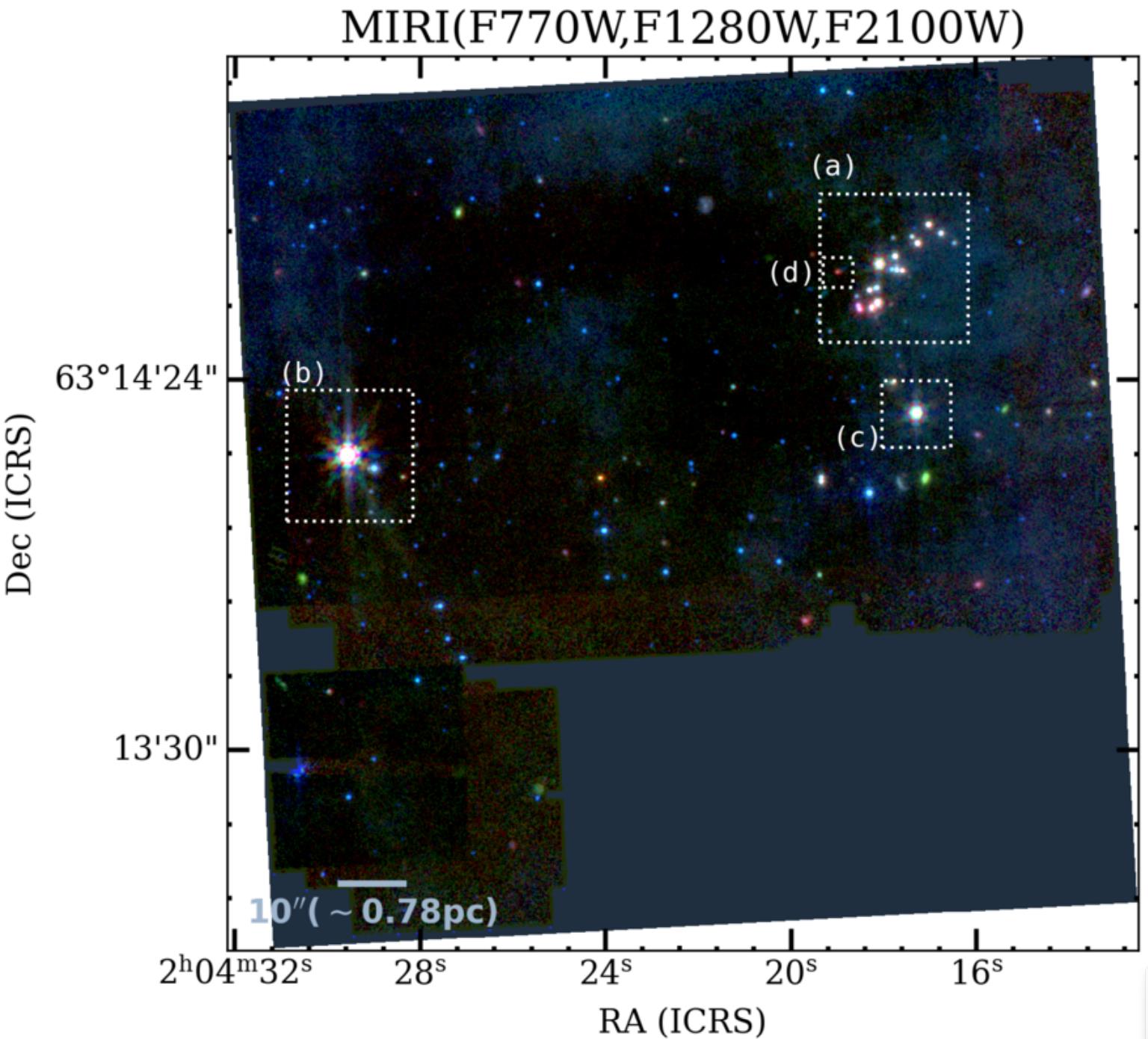
Complementing the earlier NIRCam image, JWST’s MIRI image of Digel cloud 1a reveals cooler, longer-wavelength features, including warm dust and shrouded protostars that are invisible to NIRCam observations.
Clever elements and dust paint the silhouette of a ghost in Digel cloud 2n.
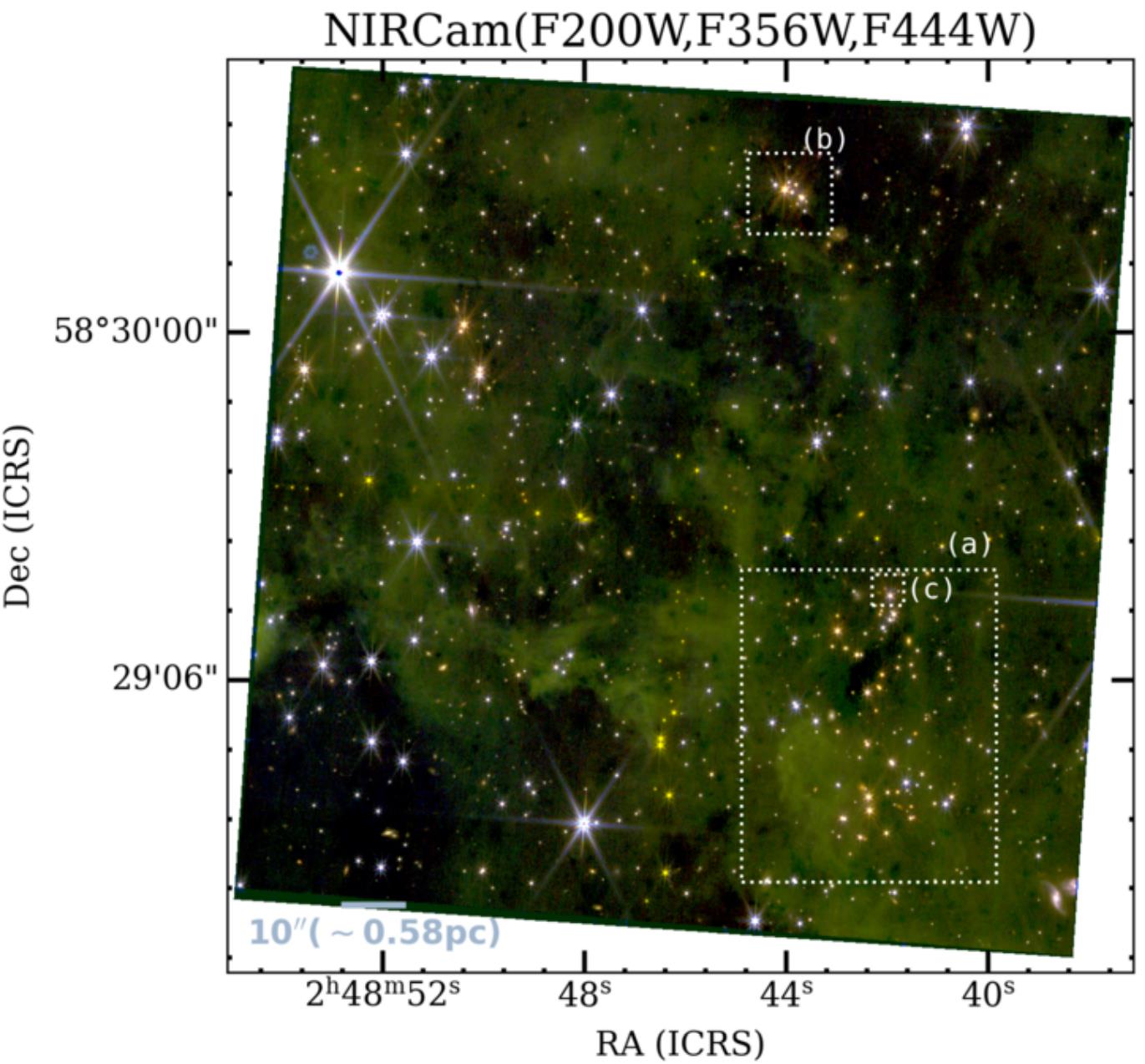
Digel cloud 2n, as shown by NIRCam in three different filters here, is richer in gas and dust than Digel cloud 1a, with a large number of nascent stars highlighted in the outlined boxes.
The not-yet-formed protostar glows in mid-infrared light.

As highlighted in box labeled “c” in this MIRI image of Digel cloud 2n, a star that is barely visible in the additional NIRcam image glows red. This may indicate a newly forming protostar enveloped by a neutral cocoon. The protostar itself may still be growing, or it may begin to shine under its own power.
Finally, the jets and outgoings feature Digel cloud 2s.
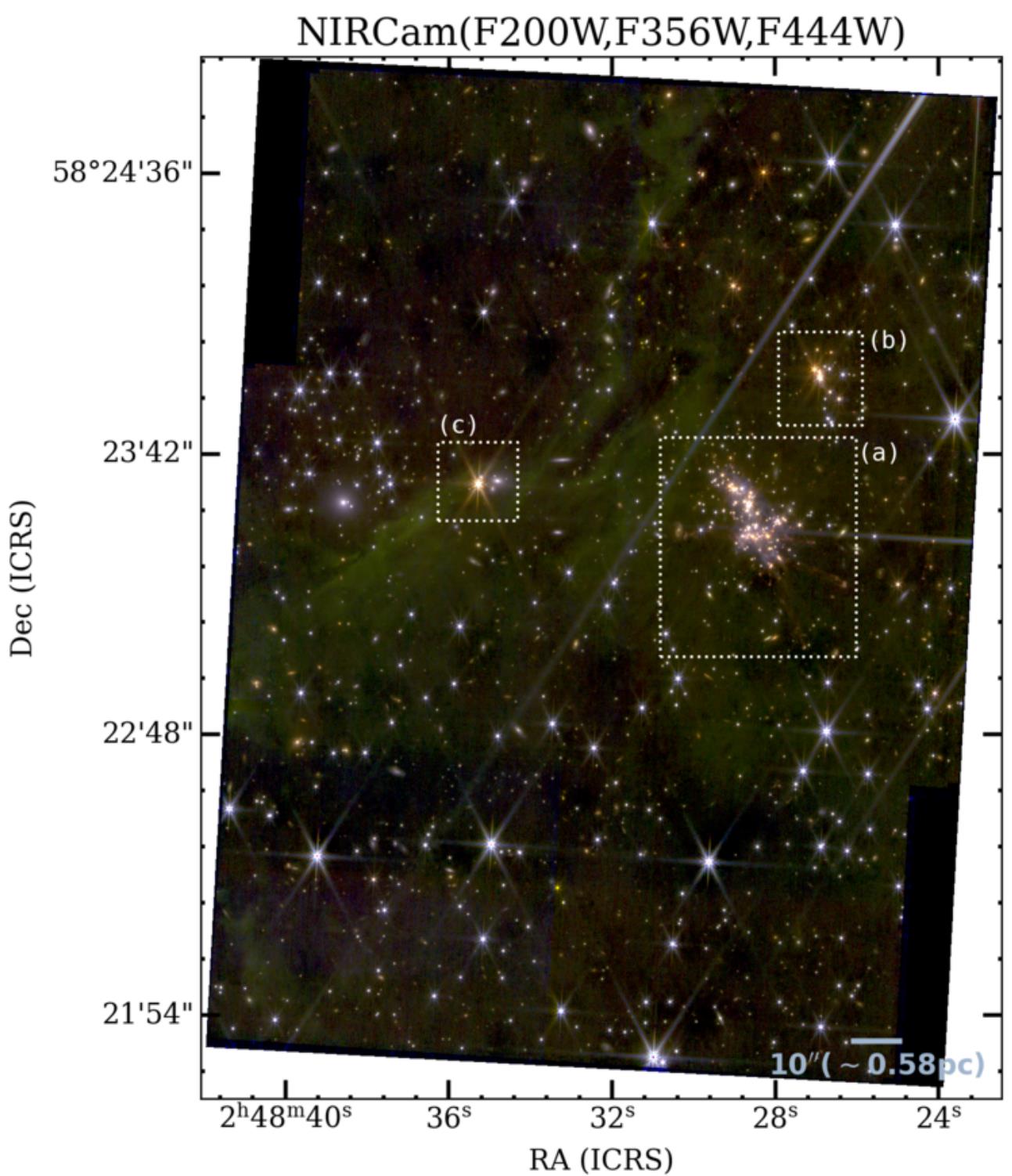
The largest star-forming region known, so far, within the Milky Way’s most intense galaxy can be found in box labeled “a” in this NIRCam image of Digel cloud 2s. This constellation has more than 100 member stars, as recently revealed by JWST’s unique resolution.
These new groups may one day have fully inhabited worlds.
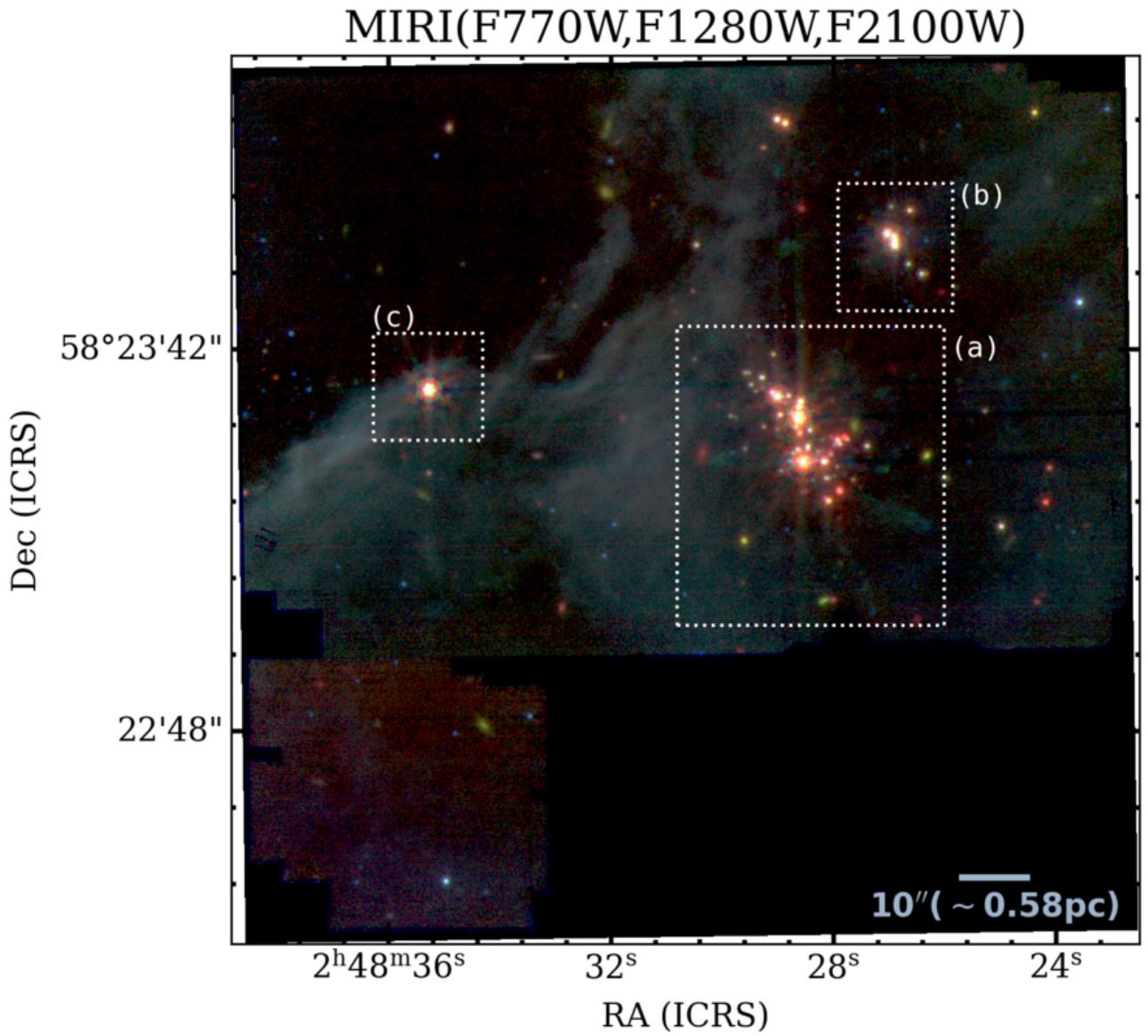
Although the stars shown here by JWST’s MIRI in Digel cloud 2s are too young to harbor life right now, many of these stars could end up becoming habitable worlds several billion years from now. Whether or not these stars have rocky planets will require follow-up observations, and possibly future observations.
Often Silent Mondays tell the story of astrology in pictures, visuals, and no more than 200 words.
Subscribe to Start with a Bang newsletter
Travel the world with Dr. As Ethan Siegel answers the biggest questions of all
#JWST #extreme #outer #Milky



